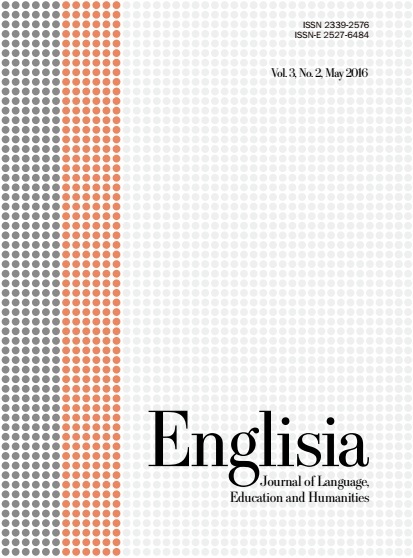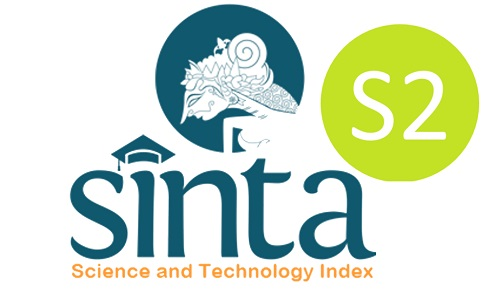PARTNERSHIP ACTIVITY IN EFL READING CLASSROOM
DOI:
https://doi.org/10.22373/ej.v3i2.1022Keywords:
Partnership activity, EFL learners, reading classroomAbstract
This paper analyzes the advantages of partnership activity in EFL reading classroom. Understanding a reading text may provide a challenge for some students as it involves a particular context and previous knowledge. For English as a foreign language (EFL) learners, the challenge becomes more complex as they need to understand the words and the written symbols of the foreign language and take the meaning of the sentence by making sense them with its context which may be unfamiliar to them. For this reason, choosing an activity that provides a wider opportunity for EFL students to share their thought and understanding of what they read as well as to listen others comprehension of the similar text is necessary in order to help the students have an accurate meaning of the text and learn how to be an effective reader. In this light, partnership activity is considered to be one of alternative ways to create an enjoyable and meaningful experience for EFL students to develop their reading skill of another language. The benefits of partnership activity include individual concerns and social life.Downloads
References
Alvermann, D.E., & Phelps, S.F. (2002). Content reading and literacy. Boston: Allyn and Bacon.
Celce-Murcia, M. (ed.). (2001). Teaching English as a second or foreign language. Boston: Heinle & Heinle.
Ediger, A. (2001). Teaching children literacy skills in a second language. In M. Celce-Murcia (Ed.), Teaching English as a Second or Foreign Language (pp. 153-170). Boston: Heinle & Heinle.
Grabe, W., & Stoller, F.L. (2001). Reading dor academic purposes: Guidelines for the ESL/EFL teacher. In M. Celce-Murcia (Ed.), Teaching English as a Second or Foreign Language (pp. 153-170). Boston: Heinle & Heinle.
Grellet, F. (1981). Developing reading skills: A practical guide to reading comprehension exercises. USA: Cambridge University Press.
Heren, S., & Bickerman, W. (2005). Adventures in two classrooms: Reading strategies and partner reading. Illinois Reading Council Journal, 33 (3), 17-22.
Long, M.H., & Richards, J.C. (eds.).(1987). Methodology in TESOL. Boston: Heinle & Heinle Publishers.
Nettles, D. H. (2006). Comprehensive literacy instruction in today’s classroom. Boston: Pearson Education, Inc.
Onofrey, K.A., & Theurer, J.L. (2007). What’s a teacher to do: Suggestions for comprehension strategy instruction. The Reading Teacher, 60 (7), 681-684.
Roe, B.D., Stoodtd, B.D, & Burns, P.C. (1995). The content areas. Boston: Houghton Mifflin Company.
Downloads
Published
Issue
Section
License
Proposed Policy for Journals That Offer Open Access
Authors who publish with Englisia journal agree to the following terms:
- Authors retain copyright and grant the journal right of first publication with the work simultaneously licensed under a Creative Commons Attribution License that allows others to share the work with an acknowledgement of the work's authorship and initial publication in this journal.
- Authors are able to enter into separate, additional contractual arrangements for the non-exclusive distribution of the journal's published version of the work (e.g., post it to an institutional repository or publish it in a book), with an acknowledgement of its initial publication in this journal.
- Authors are permitted and encouraged to post their work online (e.g., in institutional repositories or on their website) prior to and during the submission process, as it can lead to productive exchanges, as well as earlier and greater citation of published work (See The Effect of Open Access).









